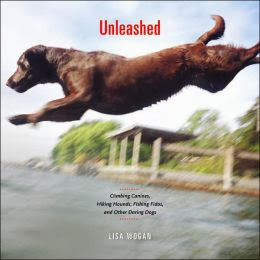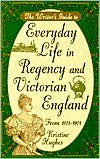Victorian and Edwardian Fashion: A Photographic Survey by Alison Gernsheim, 1981, Dover Publications, $6.00, softbound, 104 pages. Category/Genre: reference. Cover: cool. Where we got it: bought it. Where you can get it: Amazon, Barnes and Noble, Books-A-Million.
A commentary on the fashion of the period, this book contains not only the author's opinion, but that of critics during the Victorian and Edwardian period.
The photographs are naturally in black and white, and not of the best quality, but they're interesting, nonetheless. There is a Bibliography and Study List, which the author says contains 'certain books more concerned with the philosophy of dress, or social conditions, than with fashion.' These books have been included in order to afford the reader a chance to study the subject in more detail.
If you like this one, try: Suggestions?
A commentary on the fashion of the period, this book contains not only the author's opinion, but that of critics during the Victorian and Edwardian period.
The photographs are naturally in black and white, and not of the best quality, but they're interesting, nonetheless. There is a Bibliography and Study List, which the author says contains 'certain books more concerned with the philosophy of dress, or social conditions, than with fashion.' These books have been included in order to afford the reader a chance to study the subject in more detail.
If you like this one, try: Suggestions?
































